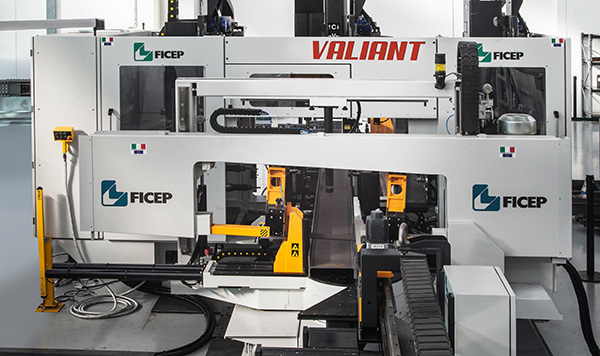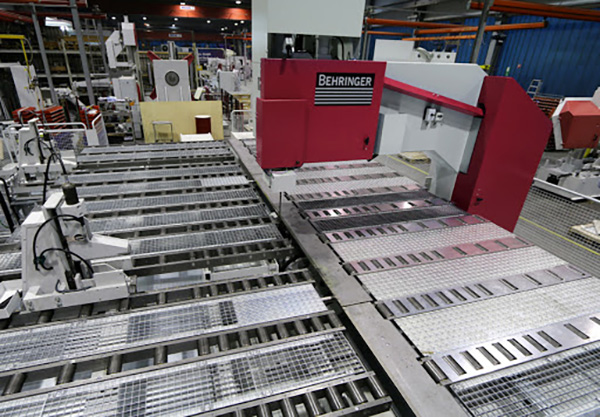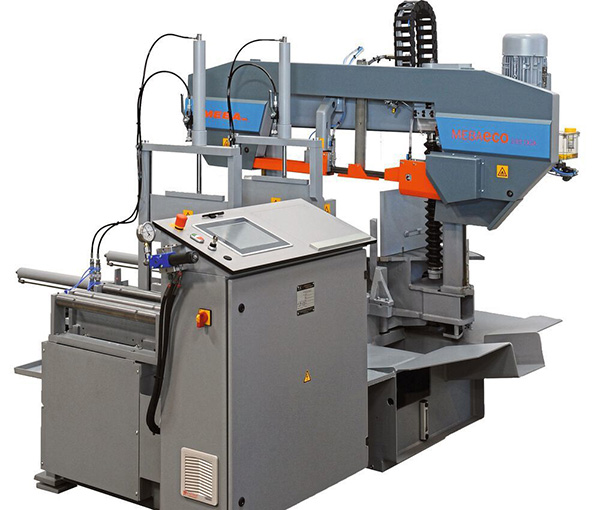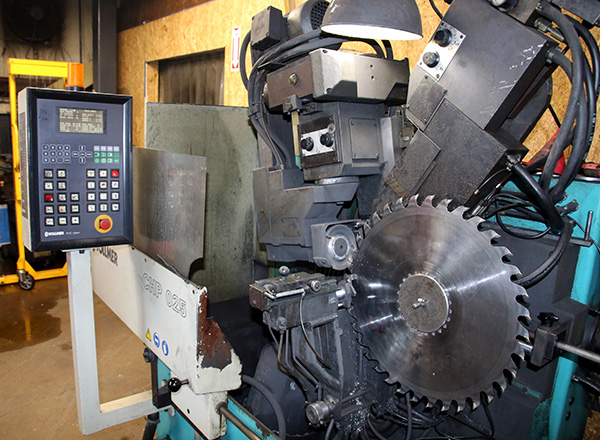Aimed at the steel industry, Ficep can now offer its Valiant three-spindle CNC drilling line with an SN100 saw, which has been developed by a specialist team comprising 20 of the company’s technologists.

Mark Jones, who has been at the helm of the company for the past two decades, says resilience is the steel industry’s secret weapon, and in the next decade the industry needs to focus on tackling the big issues that have been looming up on the sector for some time.
He says: “From the need to reduce environmental impact, skill shortages and the transition to smart factories, including widespread automation, we are on the brink of deep-seated change. The peaks and troughs of the past 20 years have given the steel industry a resilience which we can use to our advantage, but we must pay attention to the lessons learnt.”
Backed by parent company Ficep SpA in Italy, Jones and his team have created several strong partnerships with complementary manufacturers, enabling them to offer a wide range of steel processing machinery to the UK market. In addition, the company’s extensive UK showroom facility can be used for customer training and product demonstrations, and houses a large spare-part facility to minimise downtimes for fabricators.
“We would have been celebrating our 20th anniversary at MACH, but the show has been postponed until January,” says Jones. “Despite this, I’m delighted to say that 2020 is set to be our busiest year yet for machinery orders, and we will be continuing to bring new and updated machines to market, to improve the productivity and processes of our steel processing clients.”
For further information www.ficep.co.uk






















